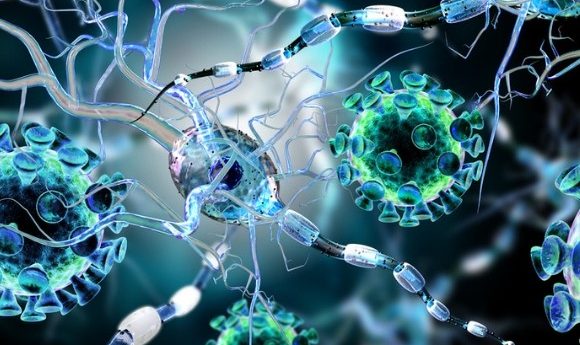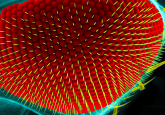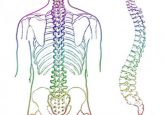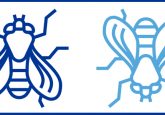The simple genetic system behind complex motor control

Refer a colleague
Neuroscientists have demonstrated the simple genetic system that is involved in complex motor control.
Neuroscientists from the University of Sussex(UK) have demonstrated how complex motor control in Drosophila species involves a relatively simple genetic system.
The study, recently published in Current Biology, focused on the effects of genes on ‘self-righting’ movements in the fruit fly, Drosophila melanogaster. This motor sequence involves rotating the body to maintain a constant position in respect to the ground – similar to posture-correction movements seen in humans.
The team, led by Claudio Alonso (University of Sussex), discovered that this process is controlled by a single genetic module consisting of the mRNA gene miR-iab4 and the Hox gene Ultrabithorax in both larval and adult forms of Drosophila.
miR-iab4 enables this self-righting behavior by repressing the expression of Ultrabithorax on the specific motor neurons involved, NB2-3/lin15 neurons. In this way miR-iab4 initiates the behavior by controlling the function of the motor neurons, as opposed to the morphology.
Similarly, in mammals a gene parallel to miR-iab4 enables this motor control by repressing Hox gene expression on the motor neurons. This demonstrates that the common genetic circuitry is seen in both flies and mammals.
All previous research on Hox genes indicated that they had purely developmental functions, contributing to the formation of the brain and body structures. This study was the first to report the neurophysiological and behavioral functions performed by Hox genes post-development.
As a result, the findings from this study could provide a better understanding of motor diseases, such as Huntington’s and Parkinson’s.
“Although our work is focused on deducing fundamental biological principles … there are several possible biomedical projections of this study,” remarked Alonso.
“For example, aging, as well as various forms of neural disease including motor neuron disease, Parkinson’s and Huntington’s disease, can degrade posture and motor control, leading to a deterioration of health and quality of life.”
“In order to understand more about these conditions and to be able to map the anomalies caused by disease or advanced age, we need a deeper understanding of the genetic and physiological factors that underlie normal posture control and movement.”
Please enter your username and password below, if you are not yet a member of BioTechniques remember you can register for free.





